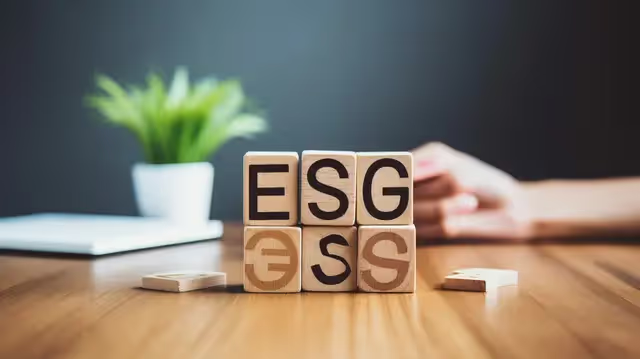Implementing BRSR Core Across Your Supply Chain: A Comprehensive Guide
.avif)
What is BRSR Core?
BRSR Core, a critical component of SEBI's Business Responsibility and Sustainability Reporting (BRSR) framework, is designed to enhance transparency and accountability in corporate sustainability. It focuses on a set of Key Performance Indicators (KPIs) under nine Environmental, Social, and Governance (ESG) attributes, which include:
- Greenhouse Gas (GHG) Footprint
- Water Footprint
- Energy Footprint
- Circularity in Waste Management
- Employee Wellbeing and Safety
- Gender Diversity in Business
- Inclusive Development
- Fair Engagement with Customers and Suppliers
- Business Openness
By integrating BRSR Core, companies can demonstrate their commitment to comprehensive sustainability reporting, enhancing their overall ESG performance.
Building an Effective Supply Chain Sustainability Program
Supply chain sustainability is pivotal for businesses aiming to align with evolving regulatory standards and investor expectations. Implementing BRSR Core involves assessing and managing sustainability across your entire supply chain. This not only helps in compliance with regulations but also strengthens your overall sustainability practices.
Key Steps to Implement BRSR Core:
- Develop a Supply Chain Sustainability Strategy: Create a holistic strategy that incorporates the principles from your Sustainable Procurement Policy and Supplier Code of Conduct. Ensure the strategy aligns with the expectations of stakeholders, including customers, investors, and rating agencies like EcoVadis.
- Build Supplier Alignment: Provide training to your suppliers on the BRSR Core requirements and their role in achieving sustainability goals. Ensure they understand technical aspects such as Scope 1 and 2 emissions, which can be complex.
- Share Assessments Effectively: Roll out the BRSR Core assessments to suppliers annually, allowing them ample time to submit accurate and complete responses. This will help in gathering reliable data for your sustainability reports.
- Foster Continuous Dialogue: Maintain open communication channels with your suppliers. Use feedback to help them improve their sustainability practices year over year and assist them in capturing essential ESG data.

Best Practices for Implementing BRSR Core
1. Communication and Collaboration
- Explain the Mandate: Clearly communicate the BRSR Core requirements and their implications to your supply chain partners. Provide support and training to help them understand and complete the questionnaire accurately.
- Open Channels: Establish channels for addressing any queries or concerns that suppliers might have regarding the BRSR Core process.
2. Phased Approach
- Gradual Implementation: Extend your supply chain sustainability strategy beyond the top 75% of suppliers. Aim for comprehensive coverage over time to enhance overall supply chain performance.
3. Leveraging Technology Platforms
- Utilize Specialized Tools: Platforms like the Oren Sustainability Hub can streamline the implementation of BRSR Core by offering features such as:
- Online Assessment Management: Centralize all supplier data and BRSR Core submissions in one platform, eliminating the need for multiple spreadsheets.
- Data Collection and Analysis: Aggregate and analyze data efficiently to gain insights into your supply chain’s sustainability performance.
- Integrated Reporting: Simplify compliance by using a single platform to manage BRSR Core data and generate reports.
4. Incentivizing Participation
- Offer Incentives: Encourage supplier participation through incentives such as early payment discounts or extended contract terms. Recognize and reward suppliers who demonstrate strong sustainability practices.
5. Continuous Improvement
- Regular Reviews: Continuously review and refine your implementation strategy based on supplier feedback and performance data. Use insights from the program to improve both your operations and those of your suppliers.
Conclusion
Successfully implementing BRSR Core across your supply chain requires a strategic approach, clear communication, and the effective use of technology. By aligning with sustainability standards and fostering collaboration with suppliers, you can enhance your company's ESG performance and meet regulatory and stakeholder expectations.
For comprehensive support in developing and executing your supply chain sustainability program, consider leveraging expert services and platforms designed to streamline BRSR Core implementation. This will help you manage real-time data, drive performance improvement, and achieve your sustainability goals efficiently.
Latest Blog Posts
Dive into our blog for insights on making your organization more sustainable.
Sustainability Simplified
Wherever you are in your sustainability journey, we help you advance with confidence.
Schedule a Call



.avif)

